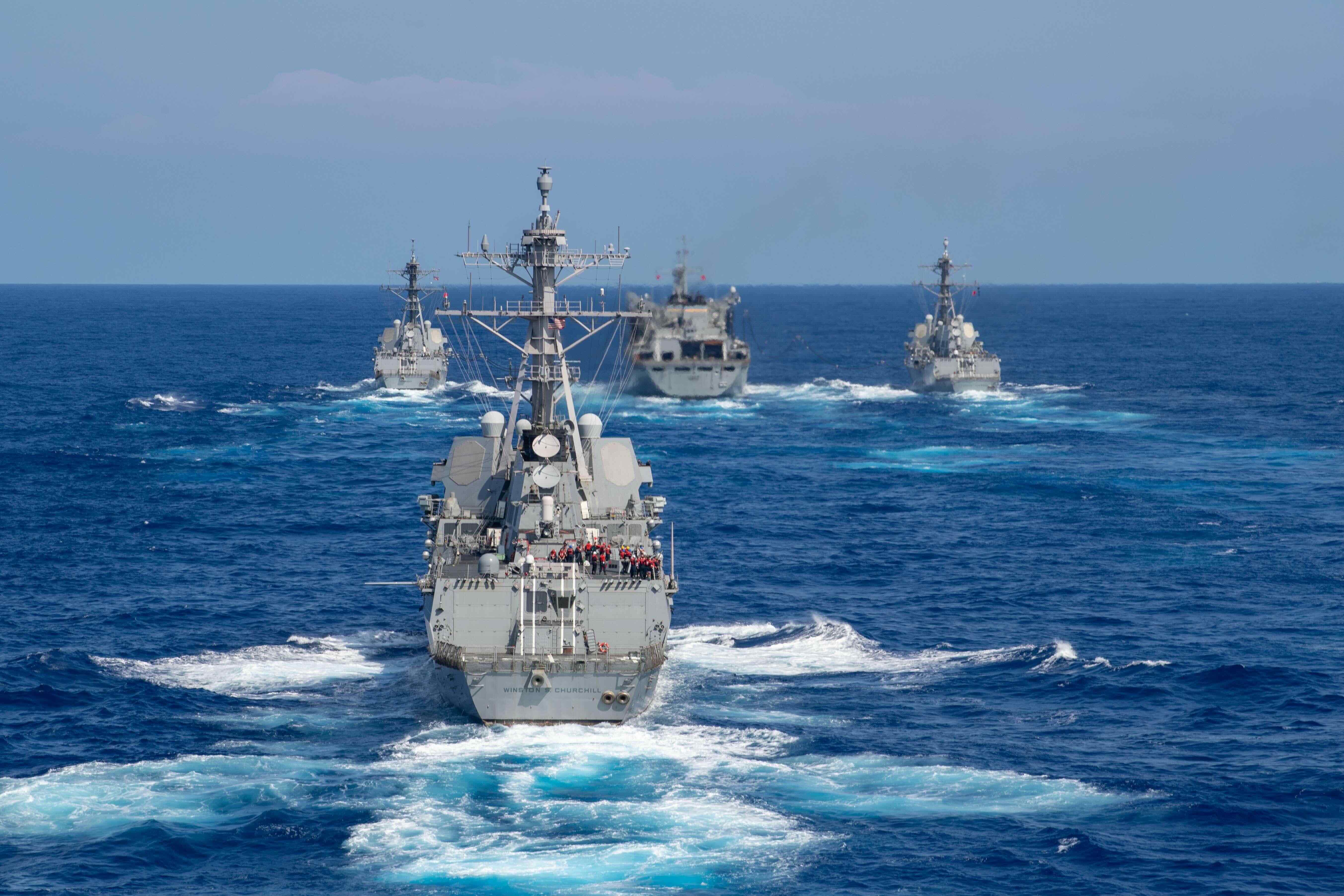The US Navy has recently encountered substantial setbacks in its shipbuilding programs, with delays ranging from one to three years across several major projects. These delays affect critical assets, including two classes of nuclear-powered submarines, an aircraft carrier, and a new class of frigates. The information emerged just before the Navy’s annual Sea-Air-Space Exposition, leading to the unprecedented decision to cancel the usual program briefings at the event.
The internal challenges were highlighted in a Navy-commissioned report which disclosed systemic failures in meeting the scheduled progress for shipbuilding. The report pointed out that these issues are compounded by supply chain disruptions triggered by the COVID pandemic and frequent design changes during construction. Navy Secretary Carlos Del Toro and Admiral Lisa Franchetti have yet to publicly comment on these developments.
Key projects experiencing delays include the Columbia-class submarines, slated to be the new carriers for the nation’s sea-based nuclear deterrent. Originally scheduled for delivery in 2027, the first submarine is now expected between late 2028 and 2029. Similarly, delays have impacted the Virginia-class submarines and the third Gerald R. Ford-class aircraft carrier, both critical to the Navy’s capabilities.
The delays are significant as the Navy aims to replace aging vessels and compete with China’s rapidly expanding fleet. Representative Rob Wittman criticized the delays, emphasizing the impact on national defense amid strategic competition from countries like China, Russia, and Iran.
In addition to structural and external challenges, the report suggests that the Navy’s shipbuilding woes are exacerbated by an over-reliance on a shrinking pool of shipbuilders and decades of underinvestment in necessary infrastructure. The Navy and Pentagon have been attempting to modernize and upgrade shipyards to enhance production rates and efficiency.
The issue of shipbuilding capacity and timely delivery was also underscored by the Navy Secretary’s remarks on a recent trip to South Korea. He noted the advanced state of South Korean shipbuilding capabilities, particularly their use of digitization and real-time monitoring, which starkly contrasts with the current U.S. situation.
Expanded Coverage:









